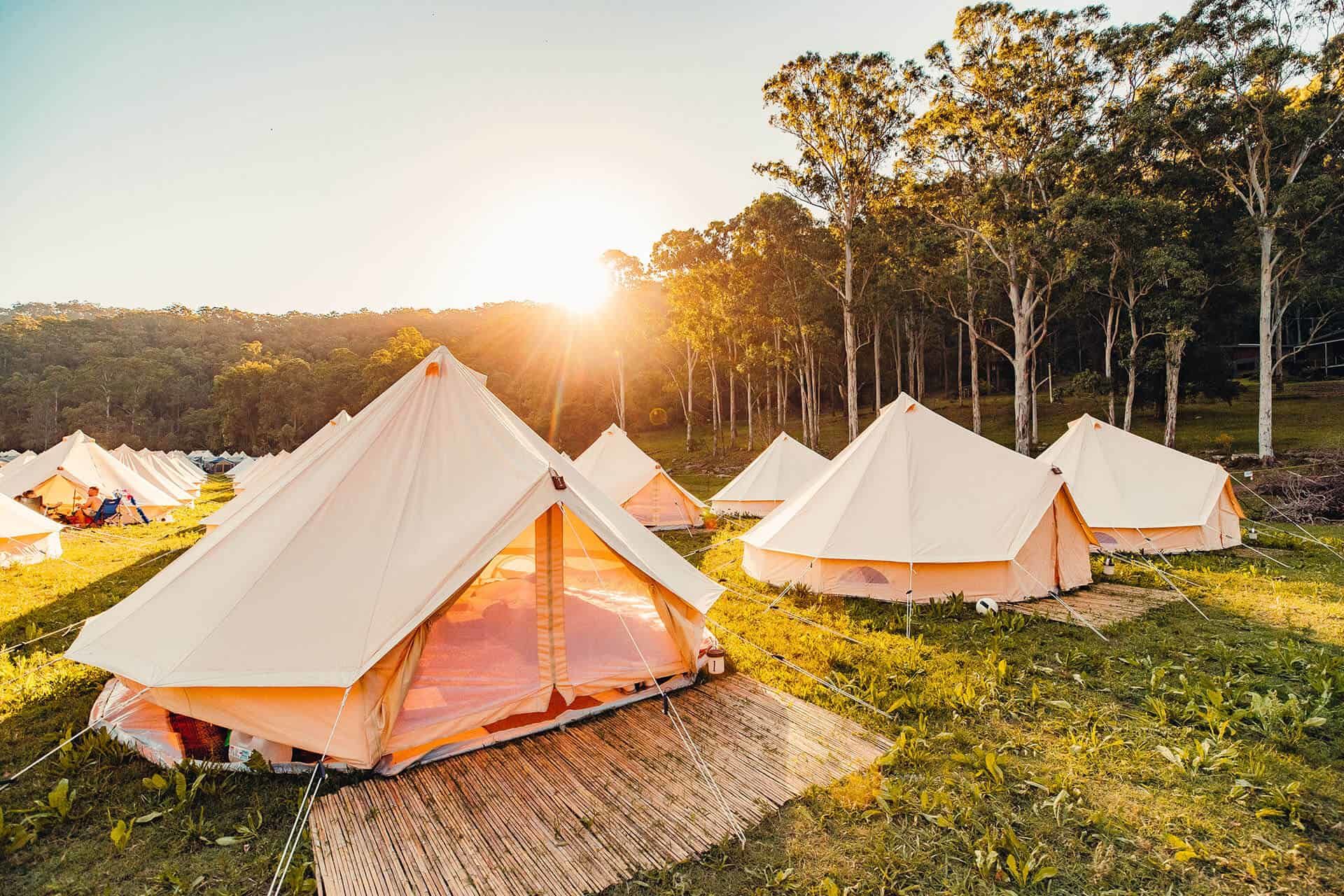These tent knowledge make your wilderness camping safer!
Release Time:
Nov 12,2021
A detailed and comprehensive understanding of your tent is to build your field safety protection system. Today, let's start with the tent structure. Generally, tents are composed of external accounts, internal accounts, account poles, ground nails, wind ropes and account bottoms.
external account]
The fabric of the external account mainly determines the waterproof performance, including polyester, Oxford cloth, nylon and crude benzene, etc. For example, the more common Oxford cloth in China is 190D and 210D specifications. The larger the value, the larger the weight, the better the performance of Oxford cloth. The nylon material with a waterproof coating is lighter, softer, stronger and wear-resistant. The denier (abbreviation D) of the fiber unit of the material can roughly represent the weight per square area of the material, and the larger the D number can be simply understood as the higher the strength. Crude Benzene (Cuben Fiber) is currently the lightest, strongest and most durable waterproof material used in the outdoor industry. The shortcomings are also obvious. In addition to being particularly expensive, crude benzene has no elasticity, no puncture resistance or fire resistance, and it is slightly worse to use in winter. Part of the external account will be coated, and coating technology is another important indicator of waterproof performance. The mainstream coating technologies on the market include the GORE-TEX of Gore Company in the United States, the POWER-TEX of Salehua in Germany, and the CONDUIT of Shanhao in the United States.
internal account]
The inner tent is relatively simple, it mainly plays the role of isolating mosquitoes and breathable, so the material is generally nylon cloth or gauze, and the inner net of some medium and high-grade tents uses dense and excellent gauze.
account bottom]
The bottom of the account should be waterproof and wear-resistant. The bottom of the account requires waterproof and strong wear-resistant functions. The commonly used bottom materials are PE cloth and waterproof polyester cloth. The PE tent bottom is used in medium and low-grade tents, and the waterproof polyester cloth is used in medium and high-grade tents. PE is a polyethylene material, similar to a low-grade snakeskin bag. The actual tent uses a double-sided waterproof membrane PE material, including a large number of export tents. Waterproof polyester cloth is a better material than PE cloth. It has good elongation, crack resistance, frozen not brittle crack, high temperature does not shrink characteristics, generally used in high-end tents. The bottom of the tent touches the ground and is easily scratched by debris such as gravel, grass roots and branches. Therefore, before outdoor camping, hard objects on the ground should be cleaned, or tent floor cloth should be used to pave the floor as a protective layer. Tent cloth generally use 420D wear-resistant Oxford cloth.
account pole]
The tent pole is like the load-bearing part of the house and is the key mechanical component of the whole tent. At present, the best rod is carbon rod, down is aluminum alloy, down is fiberglass, and finally iron. The real advantage of the aluminum alloy pole lies in its durability. The FRP pole will break when it is used frequently, and the tent cannot be built. Such problems will also occur at low temperatures. In addition to bending, the aluminum alloy rod will not break in normal use. The integrity of the aluminum alloy rod is better than that of the glass fiber reinforced plastic rod, but the aluminum alloy rod tent is more expensive than that of the glass fiber reinforced plastic rod. The wind resistance of the tent is not only related to the texture and diameter of the pole, but also related to the number of pole sets. Generally speaking, the more pole sets, the better the wind resistance. For example, 2 groups of tents with ordinary aluminum poles can resist strong winds of about 7-8 levels; 3 sets of aluminum poles have a windproof capacity of about 9 levels; tents with 3-4 sets of 7075 aluminum poles can be used in snowstorm environments of about 11 levels.
ground nail wind rope]
The ground nail and the wind rope can not be ignored. The stability and wind resistance of the tent, as well as the aesthetics, depend on whether the fixing of the ground nail and the pulling of the wind rope are correct and reasonable. Therefore, different camping sites such as deserts and grasslands should choose different types of account nails. Ground nails are usually made of plastic (only for beaches) or aluminum alloy, and titanium materials are lighter and stronger. Wind rope is currently the highest strength of the material is Dyneema, and most tents are usually used to join the reflective material nylon rope.








